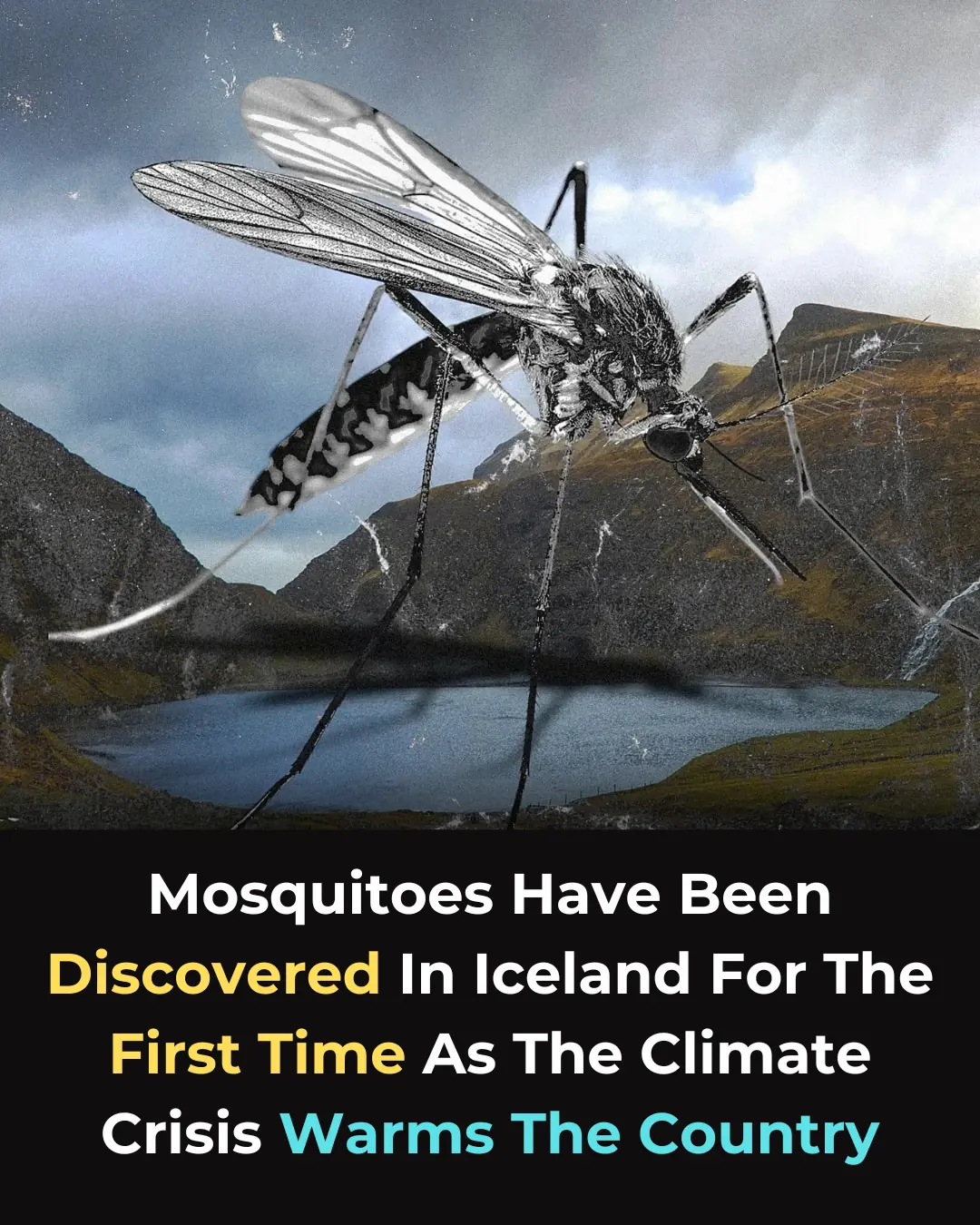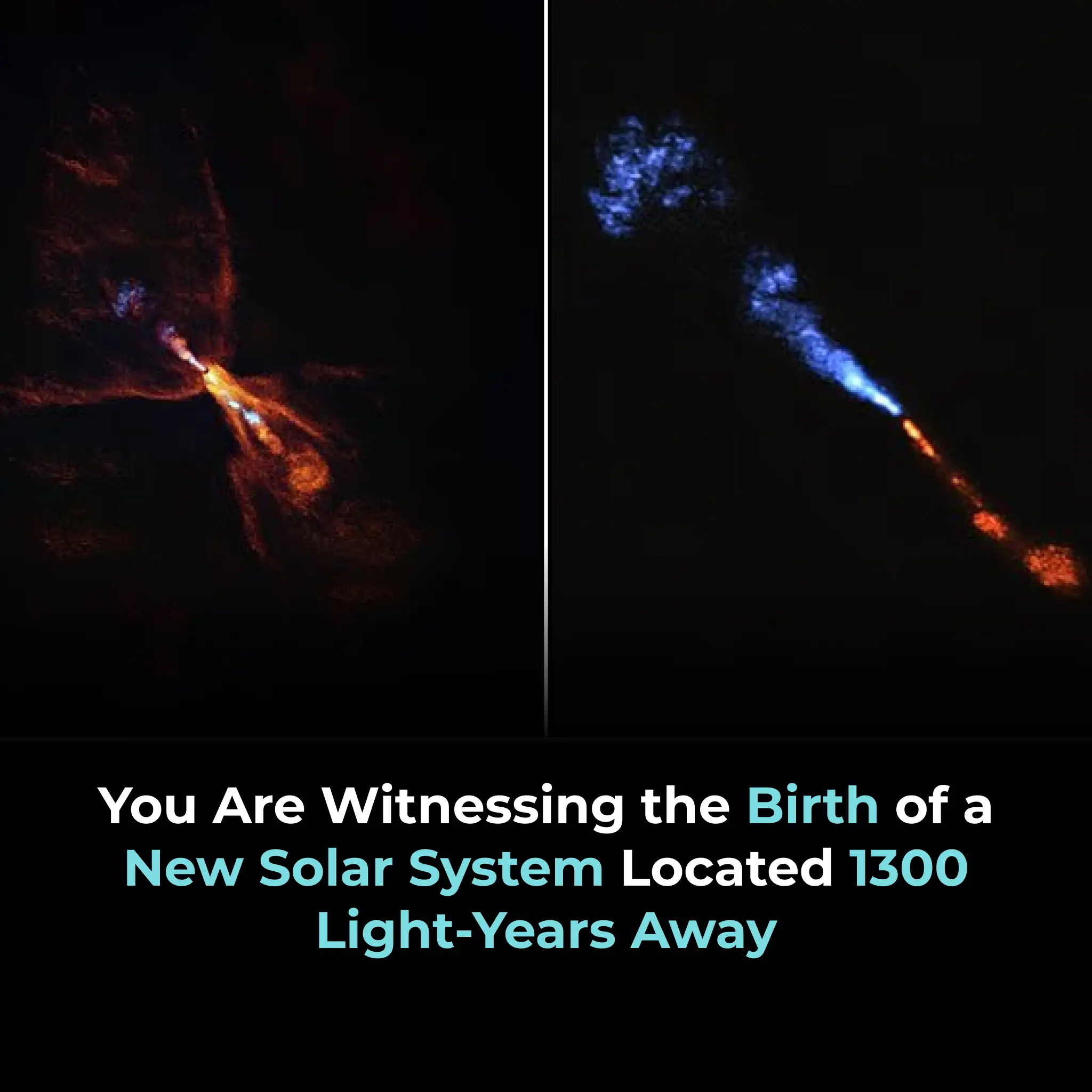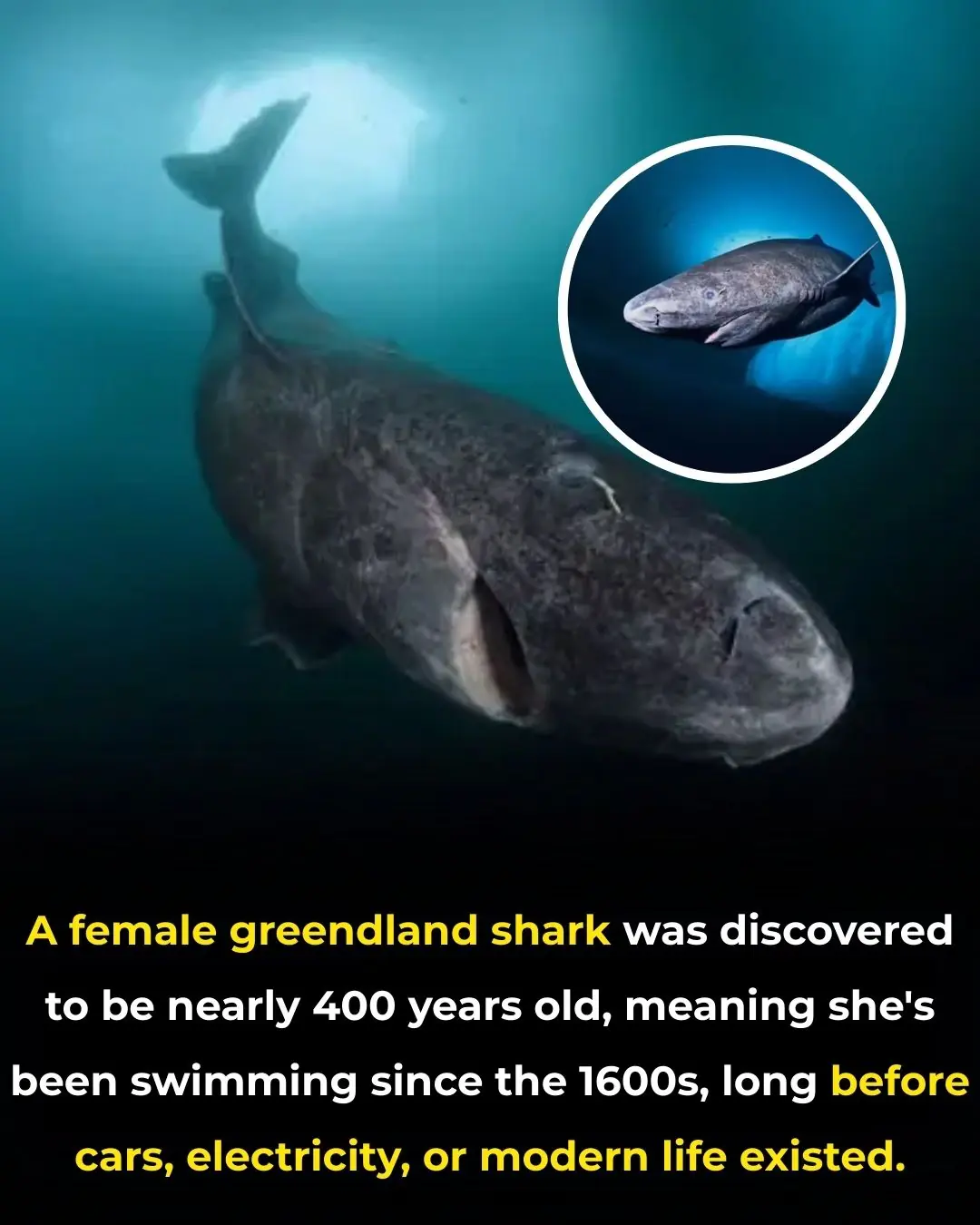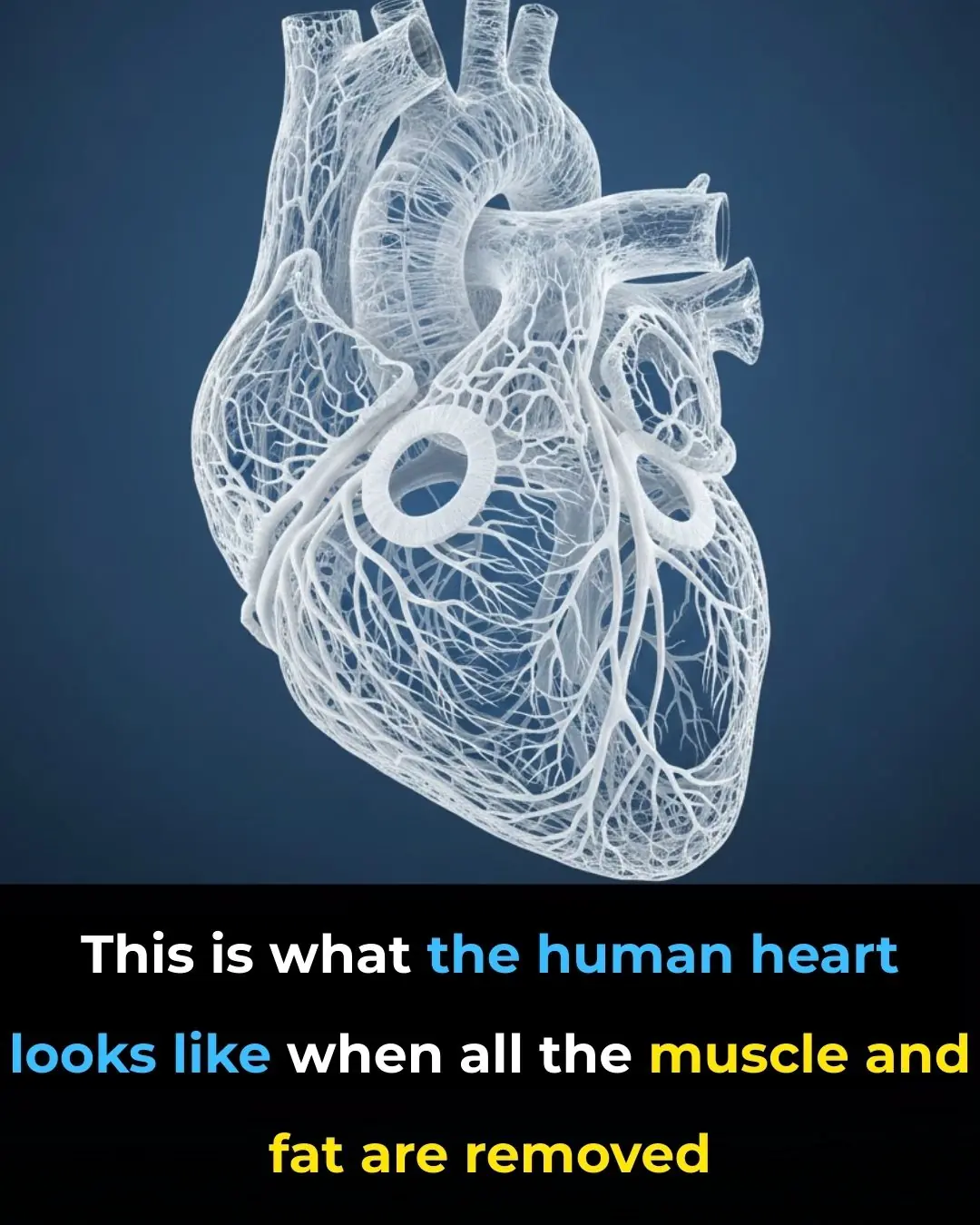
Frozen Time Capsule: Scientists Reveal Ancient Antarctic Landscape
Nearly two kilometers beneath the vast, frozen expanse of Antarctica, scientists have discovered a hidden landscape that has not been touched by sunlight for over 34 million years. Researchers from Durham University and the British Antarctic Survey report that this ancient terrain lies more than a mile beneath the East Antarctic Ice Sheet and features valleys, ridges, and elevated areas that were once sculpted by flowing rivers and may have been blanketed by forests in a much warmer past. The remarkable preservation of this terrain was revealed through a combination of satellite imaging and ice-penetrating radar, technologies that allow scientists to peer beneath the thick ice without disturbing it. The findings provide a rare glimpse into a landscape that has remained largely unchanged since Antarctica experienced a dramatic climate transformation millions of years ago.
This hidden region became sealed off during a global cooling period, a pivotal event that turned Antarctica from a lush, temperate environment into the frigid, icy desert we see today. Located in the remote Wilkes Land sector of the continent, the area has been described by researchers as a “lost world” and a “time capsule,” holding clues to the planet’s climatic history and the evolution of life on Earth. By studying this landscape, scientists hope to better understand how ecosystems respond to dramatic climate shifts, offering insights that could even inform projections of future climate change.
Plans are underway to drill through the ice in order to collect soil and sediment samples. These samples could provide critical information about the prehistoric ecosystem, including the types of plants and animals that once thrived there. Such discoveries may shed light on how ancient organisms adapted to changing climates, as well as the broader ecological dynamics of Earth during the late Eocene epoch, roughly 34 million years ago.
The research highlights the importance of Antarctica as a key archive of Earth’s environmental history. Similar studies using ice-penetrating radar have uncovered subglacial lakes, mountains, and valleys, all of which provide unique windows into the continent’s past. According to a recent report in Nature (2023), these sub-ice landscapes may contain ancient microbial life or chemical records that could expand our understanding of Earth’s climate and even guide the search for life in extreme environments elsewhere in the solar system.
In sum, this newly discovered Antarctic terrain not only underscores the continent’s complex geological and ecological history but also offers an unprecedented opportunity for scientists to reconstruct past climates and ecosystems. As drilling and further analysis progress, the “lost world” beneath Antarctica promises to reveal secrets that have been hidden for tens of millions of years, offering lessons for both the scientific community and humanity’s understanding of a changing planet.
Sources:
-
British Antarctic Survey, “Ancient landscapes revealed beneath Antarctic ice,” 2023. https://www.bas.ac.uk/news/ancient-landscapes-beneath-antarctica
-
Durham University, “Subglacial Antarctic valleys and ridges: a glimpse into the past,” 2023. https://www.dur.ac.uk/news/antarctic-hidden-landscape
-
Nature, “Subglacial Antarctic landscapes and the preservation of ancient ecosystems,” 2023. https://www.nature.com/articles/s41586-023-06415-3
News in the same category


PP405: A Promising New Drug That Could Revolutionize Hair Loss Treatment by Reactivating Dormant Hair Follicles

Astronomers Capture Groundbreaking Image of New Solar System Formation

Denmark's 'Rolling Grocer' Initiative Brings Fresh Food and Community Connection to Rural Seniors

Mosquitoes Discovered in Iceland for the First Time: A Warning of Climate Change Effects

Denis Vashurin: The Man Who Appears as a Teenager Despite Being in His 40s

M.K. Prakasan: The Teacher Who Swims 12 km Daily to Educate Students in Kerala

Belgian Prodigy Laurent Simons Earns PhD in Quantum Physics at Just 15 Years Old

Revolutionary Cancer Treatment: Activating Immune Structures Within Tumors to Shrink Cancer and Prevent Relapse

Linking Digestive Health, Vitamin D, and Neurodegenerative Diseases: A Pathway to Cognitive Health

The 400-Year-Old Greenland Shark: A Living Witness to Centuries

The Hidden Dangers of Long-Term Energy Drink Consumption

How Cold-Water Swimming Boosts Mood, Reduces Stress, and Enhances Mental Wellbeing

Snakebite Panic Leads Farmer to Sever Finger, Doctors Confirm No Danger

Why Even Small Amounts of Light at Night Can Harm Your Sleep and Mental Health

Apple Extract: A Natural Alternative to Chemotherapy for Treating Colon Cancer

Revealing the Human Heart: A Stunning Look at Its Circulatory System Without Muscle or Fat

Why the Brain Remembers Negative Experiences More Than Positive Ones: Implications for Mental Health and Well-Being

Having the letter M on the Palm of your hand means that
News Post

The Arrival of Mosquitoes in Iceland: A Sign of Shifting Ecosystems and Public Health Risks

PP405: A Promising New Drug That Could Revolutionize Hair Loss Treatment by Reactivating Dormant Hair Follicles

Astronomers Capture Groundbreaking Image of New Solar System Formation

Denmark's 'Rolling Grocer' Initiative Brings Fresh Food and Community Connection to Rural Seniors

Mosquitoes Discovered in Iceland for the First Time: A Warning of Climate Change Effects

Denis Vashurin: The Man Who Appears as a Teenager Despite Being in His 40s

M.K. Prakasan: The Teacher Who Swims 12 km Daily to Educate Students in Kerala

Belgian Prodigy Laurent Simons Earns PhD in Quantum Physics at Just 15 Years Old

Revolutionary Cancer Treatment: Activating Immune Structures Within Tumors to Shrink Cancer and Prevent Relapse

Flaxseeds Gel For Faster Hair Growth

Linking Digestive Health, Vitamin D, and Neurodegenerative Diseases: A Pathway to Cognitive Health

The 400-Year-Old Greenland Shark: A Living Witness to Centuries

The Hidden Dangers of Long-Term Energy Drink Consumption

How Cold-Water Swimming Boosts Mood, Reduces Stress, and Enhances Mental Wellbeing

Snakebite Panic Leads Farmer to Sever Finger, Doctors Confirm No Danger

Why Even Small Amounts of Light at Night Can Harm Your Sleep and Mental Health

Apple Extract: A Natural Alternative to Chemotherapy for Treating Colon Cancer

Revealing the Human Heart: A Stunning Look at Its Circulatory System Without Muscle or Fat
